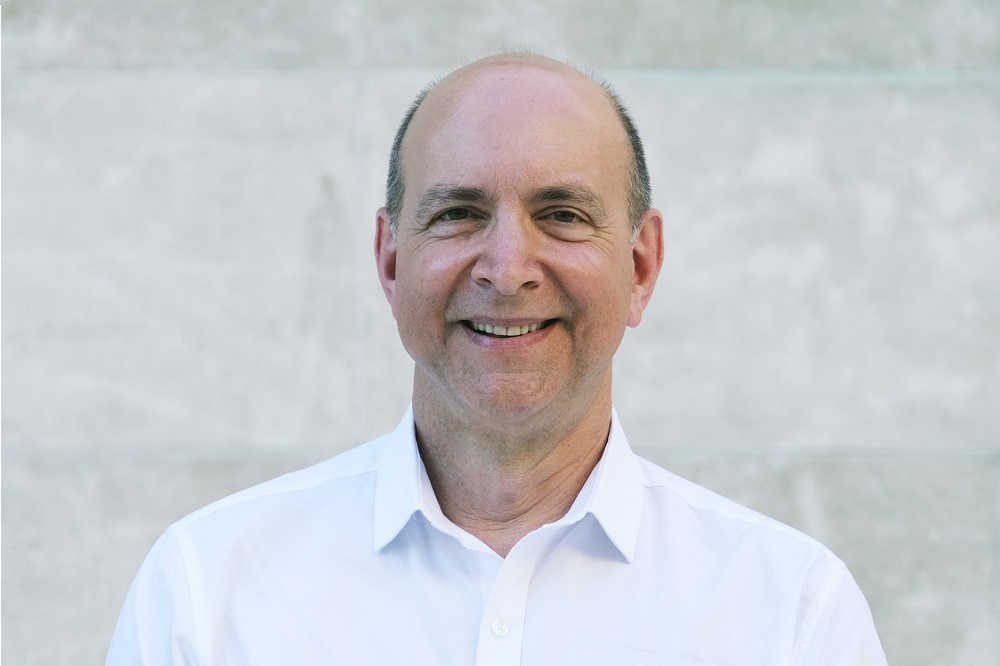Tim Stearns becomes new dean of graduate and postgraduate studies

Tim Stearns
On September 1, Tim Stearns will become Rockefeller’s new dean of graduate and postgraduate studies and vice president for educational affairs, overseeing the university’s David Rockefeller Graduate Program in Bioscience. A renowned cell biologist and educator, Stearns will also join the faculty as professor and head of a laboratory that studies centrosomes and cilia, cell structures with important roles in both normal development and disease. For nearly three decades, he has held similar roles at Stanford University, conducting research in its biology and genetics departments and serving as department chair, senior associate vice provost of research, and, most recently, as acting dean of research.
We asked Stearns about his new job and his vision for the university’s educational programs.
What do you most want the campus community to know about you?
First, I am thrilled to be coming to Rockefeller. Being here is an amazing opportunity, and I look forward to helping grad students and postdocs have the absolute best experience possible during the time that they’re part of the Rockefeller community.
Training the next generation of science leaders is at the heart of what we do as biomedical researchers. But being a grad student or postdoc is not easy, with the rapid pace of change in science and pressure to accomplish meaningful and substantial research. I believe the goal of graduate education should be to help our students and postdocs succeed at the highest level, identify what they want to do after Rockefeller, and prepare for their future careers.
What is unique about the university’s graduate program, and what do you hope to bring to it?
Rockefeller has an amazing legacy—past and present—of breakthroughs in biomedical research. While big in impact, it is also small enough in size to foster a real sense of community focused on doing outstanding science. To me, that’s one of the real attractions. There’s an opportunity to really get to know students, and for students to develop meaningful relationships with faculty and others at the institution.
To further enhance the program, we can think more about what students need to know to be successful in graduate school, and how to impart that information early on in their training. I’ve had experience crafting programs to support students in gaining such skills: understanding how to choose and define a problem, defining that problem in such a way that it can be addressed experimentally, understanding the constraints of experiments, determining the limitations of instrumentation, and then developing the ability to explain scientific work with clarity to different audiences.
What will you be doing when you first arrive on campus?
I’m going to hit the ground running, talking with as many people as possible. I want to listen to what they think works great, what makes Rockefeller special—and the things that could be better, too.
I’m looking forward to attending the grad student and postdoc retreats. And I want to talk with the faculty about different ways to structure courses and what opportunities they see for co-teaching. Some of my most enjoyable experiences as a faculty member involved designing and teaching courses with colleagues, and I hope to continue to do this at Rockefeller. Many grad students and postdocs also want to have the experience of teaching, and I look forward to exploring the rich opportunities for educational interactions with other institutions in New York City and beyond.
I’ll also be actively engaged in recruitment and admissions, and I’m hoping to attend conventions where students from underrepresented groups explore their interests in Ph.D. programs and can learn about the Rockefeller graduate program.
Tell us more about your experience with diversity initiatives in higher education?
I think research universities have a responsibility to train scientists who fully represent the diversity of our country, and, ideally, the world. Student bodies are in fact becoming increasingly diverse, and research shows that when you have a more diverse group of people studying a problem, you tend to get more diverse answers—and ultimately often better answers. I’ve also taught internationally, in South Africa, Chile, Ghana, and Tanzania, and these experiences have helped me think about science in the context of a global community that often has different research priorities than the U.S.
During my career at Stanford, we were able to move the needle in promoting diversity in recruitment both at the faculty and graduate levels. But it is important to stress that engaging a more diverse community in research must go hand in hand with creating an inclusive environment for everyone to work together on that research. Key to doing this is hearing and understanding the experiences of others. At Stanford, a colleague and I started a course called “I, Biologist” focused on how diversity improves science. It was also a space to process questions of identity that can arise for underrepresented people in the sciences and give voice to students who felt that they were not being heard. I look forward to continuing these sorts of discussions at Rockefeller.


